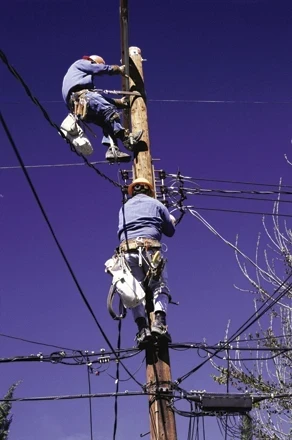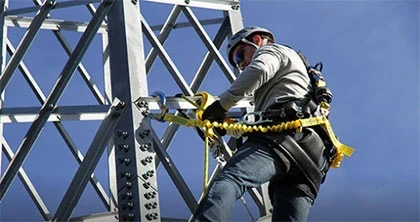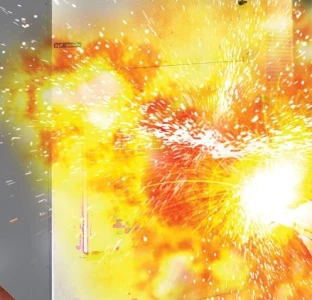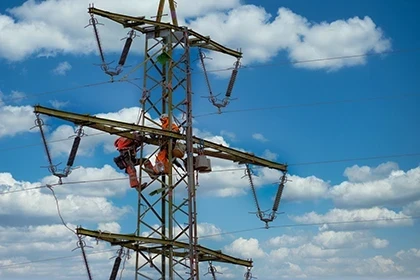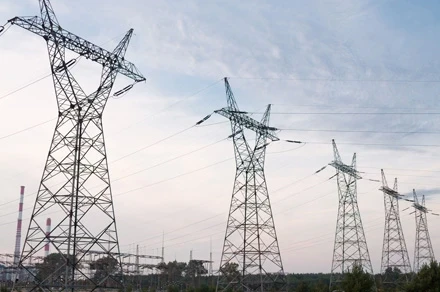Hand Safety - Protective Gloves
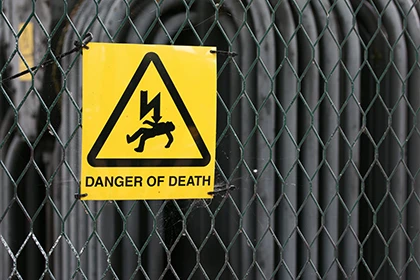
Rubber insulating gloves are among the most important articles of personal protection for electrical workers. To be effective, the gloves must incorporate high dielectric and physical strength, along with flexibility and durability. For superior performance they should meet and/or exceed the requirements of current American Society for Testing and Materials (ASTM) D120 specifications. Gloves should also be electrically tested following ASTM D120/IEC903 specifications.
A glove system usually consists of:
Rubber Insulating Gloves: Classified by the level of voltage and protection they provide.
Liner Gloves: Are used to reduce the discomfort of wearing rubber insulating gloves in all seasons, for year round use.
Liners: provide warmth in cold weather, while they absorb perspiration in the warm months. These can have a straight cuff or knit wrist.
Leather Protector Gloves: Should always be worn over rubber insulating gloves to provide the mechanical protection needed against cuts, abrasions and punctures. Look for those that are steam pressed on curved hand forms to ensure proper fit over rubber gloves.
ELECTRICAL-PROTECTIVE GLOVE CLASSIFICATION
Employees who work in close proximity to live electrical current may require a variety of electrically insulating protective equipment. The Occupational Safety and Health Administration (OSHA) outlines this in their Electrical Protective Equipment Standard (29 CFR 1910.137) which provides the design requirements and in-service care and use requirements for electrical insulating gloves and sleeves as well as insulating blankets, matting, covers and line hoses. Electrical-protective gloves are categorized by the level of voltage protection they provide and whether or not they’re resistant to ozone. Voltage protection is broken down into the following classes:
For gloves, ozone resistance is covered by the “Type” designation. A Type I glove is not ozone-resistant, while a Type II is ozone-resistant. Once the gloves have been issued, OSHA requires that “protective equipment shall be maintained in a safe, reliable condition”. This requires that gloves be inspected for any damage before each day’s use. Gloves must also be inspected immediately following any incident that may have caused damage. OSHA requires that insulating gloves be given an air test along with the inspection.
OSHA requires air testing, but doesn’t explain how to perform the test. The test method is described in ASTM F 496, Specification for In-Service Care of Insulating Gloves and Sleeves. Basically, the glove is filled with air, either manually or by an inflator, and then checked for leakage. The leakage is detected by either listening for escaping air or holding the glove against the tester’s cheek to feel air releasing.
Read full article in the Linemen Safety Special Edition 2021



